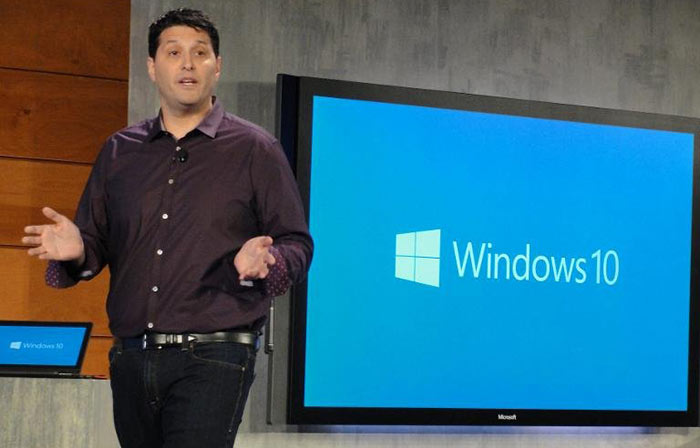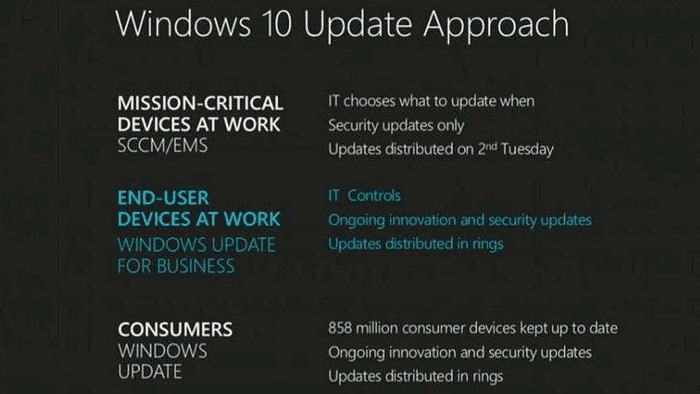An interesting new philosophy behind Windows development was put forward by Microsoft employee and developer evangelist Jerry Nixon at Ignite earlier in the week. Nixon said that unlike when the development of Windows 8.1 neared its end and everyone started to work on Windows 10 – at this late stage in development of Windows 10 it is still the focus of attention. This is because Windows 10 is "the last version of Windows," according to the Microsoft employee, reports The Verge.

Windows as a service
Microsoft's change to how it delivers Windows makes it more like a service than a traditional version number bound software product. Starting with Windows 10 updates won't be confined to a 'patch Tuesday' schedule nor limited in their scope for adding new features. Terry Myerson, Microsoft’s executive vice president of operating systems, promises a "steady stream of innovation over time every month," coming to users of the OS. A Microsoft spokesperson expanded upon that statement: "Windows will be delivered as a service bringing new innovations and updates in an ongoing manner, with continuous value for our consumer and business customers".

Parallels are drawn between Windows 10 component updates and how Google updates its Chrome browser. Just like Google's browser gets updated as and when required and updates are pushed from Google, the same will happen to Microsoft's OS. If you use Google Chrome – do you know what version number the browser is currently at? So it looks like Microsoft will move away from monolithic OS updates, at least for now.
Fast and slow update rings, distribution rings for business
Hopefully OS users will get some kind of review capability where they can check through updates rather than having everything foisted upon them – the OS is, of course, more mission critical than a browser and updates have been known to cause more problems than they solve when initially released. Yet constant 24/7 updates should help limit exposure things like zero day vulnerabilities, thinks Myerson.

PC World reports that there will be both fast and slow-ring security patch options for users – just like how Windows 10 insiders currently choose to get updated. Whether the fast-slow preferences extend to features is not known at this time. Meanwhile business users will be allowed to update at their own pace thanks to Windows Update for Business, free for Windows Pro and Windows Enterprise devices. Various 'distribution rings' can be set up to specify when/what/if updates should and shouldn't occur.













